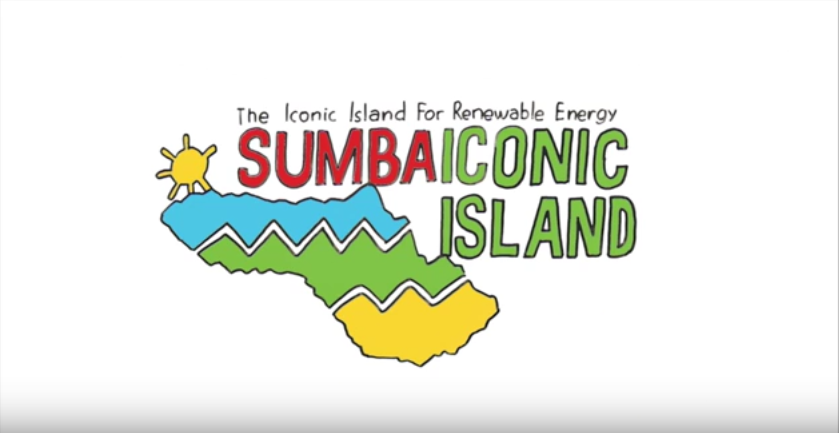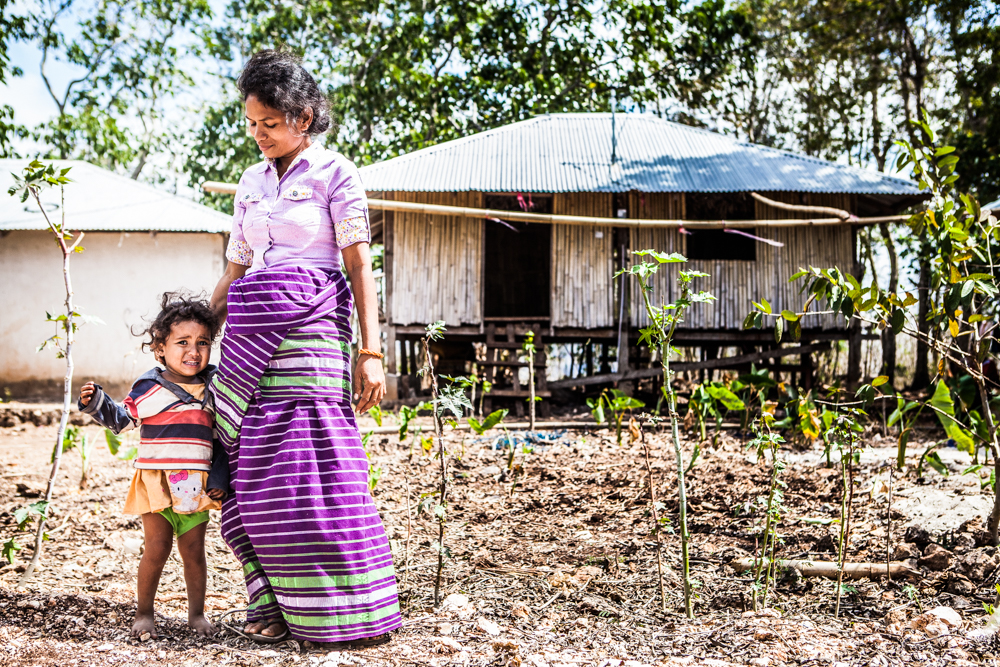One of the most challenging topics when talking about the energy transition to cleaner sources is how to implement this ambition in developing countries. If these energy generating sources are facing many problems in the developed world, additional issues must be overcome in poorer areas. But thanks to passionate people like Master student Tyas Dwi Saseyanigtyas, or companies like Rural Spark, we are seeing new ways to tackle the issues.
Each country represents an example for itself but there are common situations in which poor economies have difficulties in providing electricity in rural areas. In fact, many large families in places like India or Indonesia still live far from roads and other public infrastructure, in small houses which are not electrified and usually meet their energy demand with kerosene. The fossil fuel is not only noisy and polluting the air and the environment in which these families live, but it is also very expensive. In fact, due to the high prices of fossil fuels, the use of electricity is still very limited and restricted to extreme necessity. This, for example, does not permit women to go out after sunset or to conduct any activities in the evening such as studying or household chores. The connection between a reliable and fair access to electricity and the development of the society is very clear to see.
This is why many young people, passionate about renewable energy and eager to contribute to the improvement of the life quality in their homeland are working at innovative business models that involve the electrification of poor areas thanks to the now wide available knowledge about renewable energy technologies. An example that I would like to bring is the one of Tyas Dwi Saseyanigtyas from Indonesia. She dedicated her graduation project at TU Delft to the development of a sustainable business model for off-grid PV electrification in Sumba Island. During her presentation she explained that her driver was the awareness that there are still many things to improve in the country where she is from.

Thanks to the program ‘Sumba Iconic Island’, electricity generated by renewable energy sources will soon be available in the villages of Sumba Island. However, Tyas pointed out a flaw in this project: the PV technology is not known in the area of the island and has to be imported, raising many barriers. One of these are the unaffordable capital costs for the natives, who earn on average less than $1 or $2 per day. So Tyas decided to dedicate her master thesis to the development of a business model that could function as a linking bridge between the willingness to implement renewable energy technologies and their effective operation.
Consulting seven energy companies and the people of the island, Tyas aimed to understand how businesses address the challenges in the rural energy market. She uncovered three main models based on product, distribution and service provider. Combining these aspects Tyas found two possible suitable solutions for Sumba Island. The business model based on a product-distribution provider model offers various products from a solar lantern to a bigger PV system, followed by reliable after sales service at an affordable price thanks to flexible payment schemes. The alternative business model, which instead relies on a combination of distribution and service provider model, offers electricity services delivered by a microgrid equipped with a smart meter for the monitoring and control of energy usage. The microgrid technology, she writes in her thesis, should be a simple technology in order to serve the consumers with lower incomes with a limited amount of electricity delivered in exchange for a small fixed subscription fee. If you want to know more, you can read her thesis here.
Another example is the one of the project started by Rural Spark, a company that designs and implements smart energy networks in rural areas of India. Rural Spark started its entrepreneurship with a Case Study Research Design, a study method used to analyse the customers without letting them know that they are part of an experiment. This allowed people to feel like they are in the real market. The system design resulting from this study should therefore be more realistic and adapted to the specific context.
Rural Spark passed itself off as an existing company with the aim to find entrepreneurs in the village who were willing to invest in its smart grids. The project consisted of electric lamps charged during the day with a PV system and rented out during the night to the other community’s members. The experiment saw enterprising individuals starting their own business, which not only produced a social benefit for the village but also led to changes in the society’s structure, elevating the few entrepreneurs to relevant personalities and enhancing the interactions between different communities.
There are far more examples that show how decentralized electricity generation can be successfully implemented in developing communities. Grid connection in these areas has a very low quality, since they very often result to be an object of political over promising. However, the implementation is not without problems. In order to reach a large scale, a significant intervention of the government is still needed and cultural issues, favoritism and corruption must be faced.
Do you know of any interesting project for the electrification of rural areas? Leave us a comment below!


